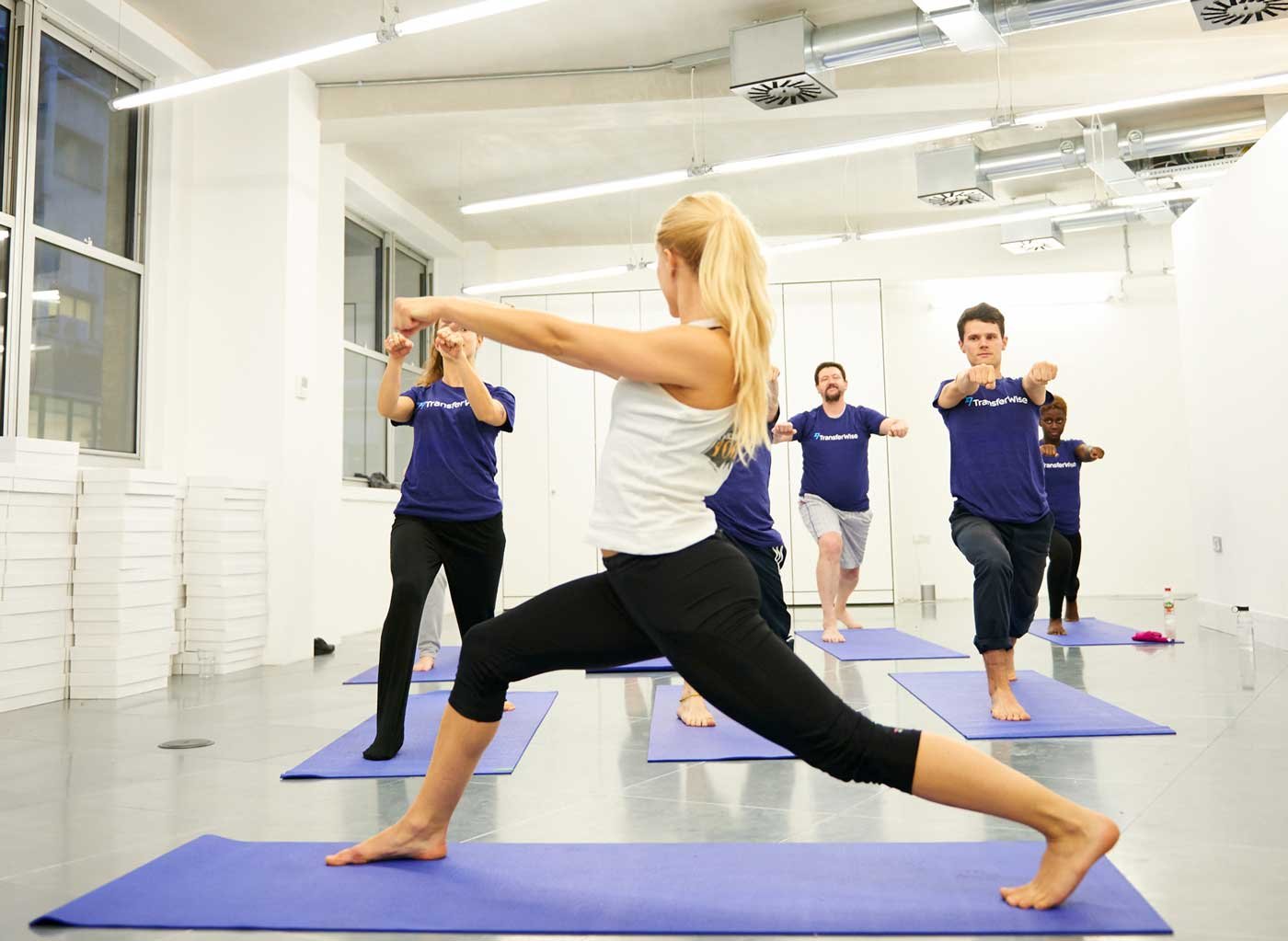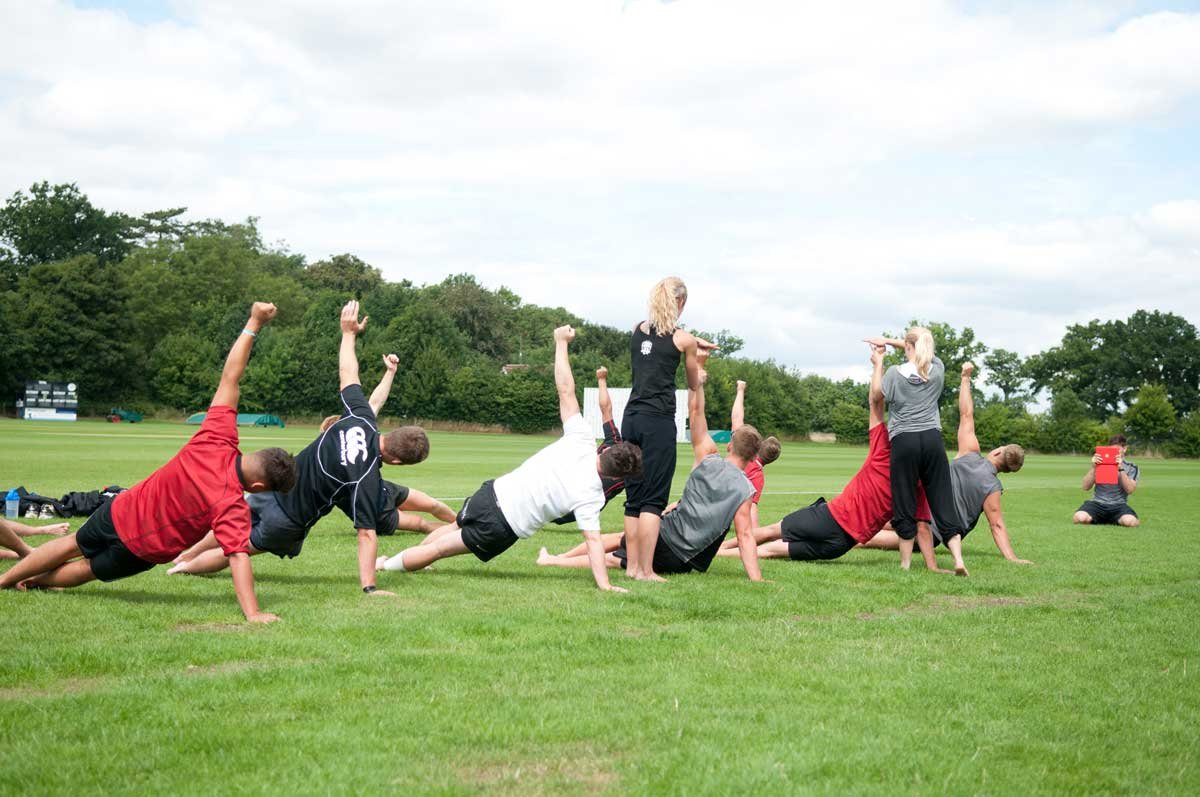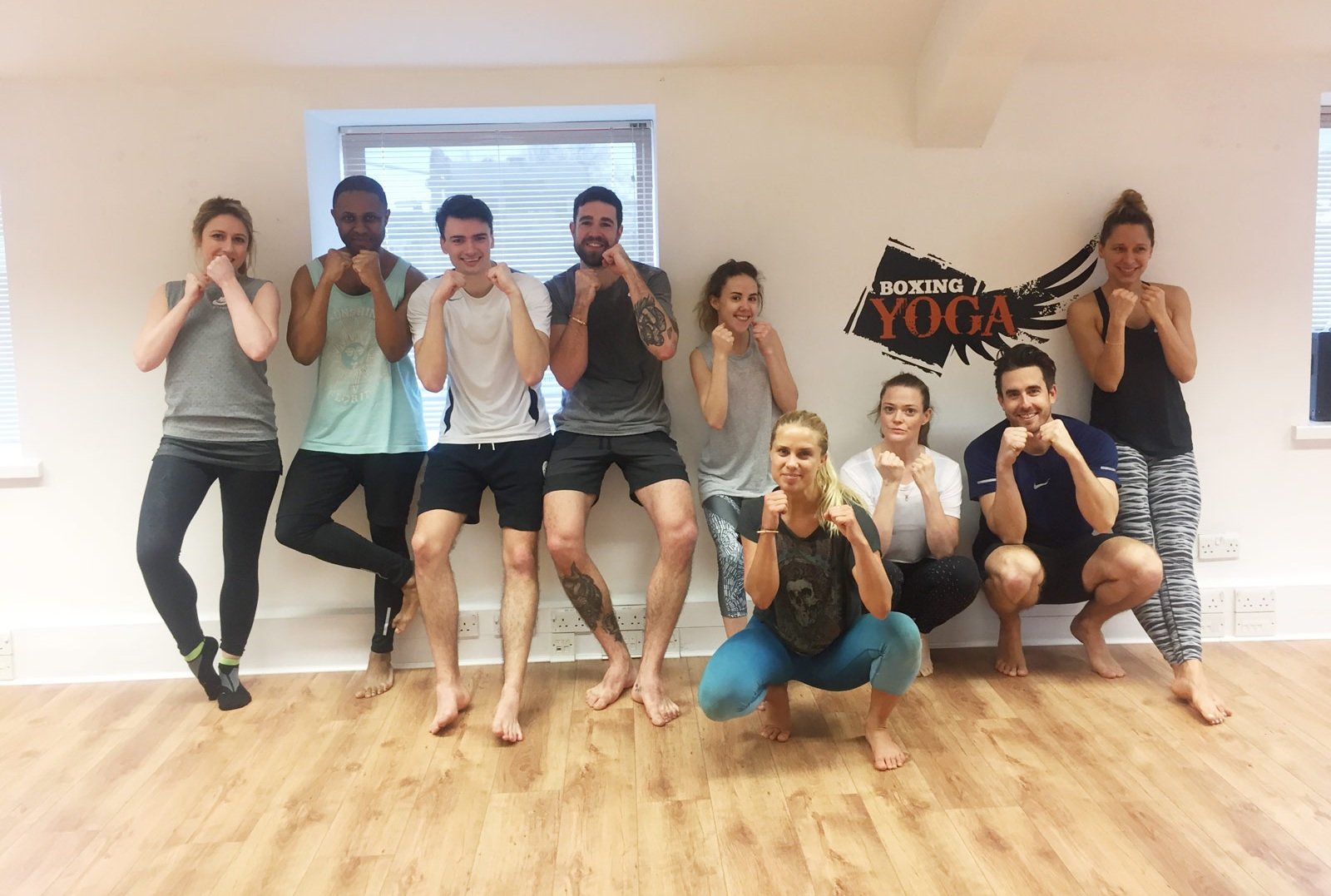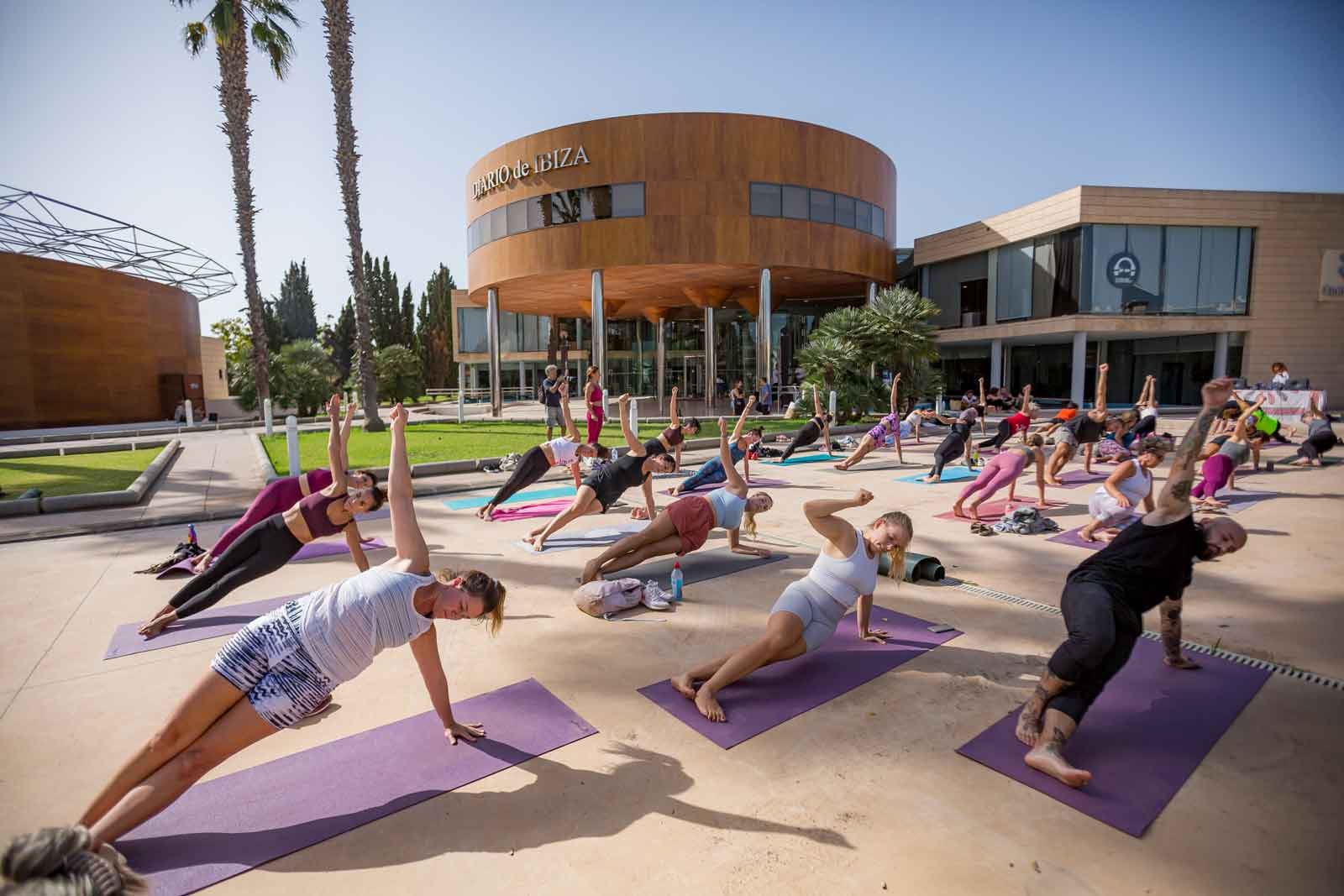
Empowering Wellness
Empowering Wellness
Strategies for Successfully Implementing Employee Wellness Challenges
Employee wellness challenges have emerged as powerful tools for promoting health and well-being in the workplace. These challenges engage employees in fun and rewarding activities that encourage healthy behaviours, foster camaraderie, and boost morale.
However, successful implementation requires careful planning, strategic execution, and a supportive organisational culture.
In this article, we'll explore effective strategies for HR managers to implement employee wellness challenges that drive engagement, improve health outcomes, and enhance overall well-being within their organisations.
Understanding Employee Wellness Challenges
Employee wellness challenges are structured programs designed to motivate and incentivise employees to adopt healthy habits and lifestyle changes. These challenges can focus on various aspects of well-being, including physical activity, nutrition, stress management, sleep hygiene, and mental health.
Participants typically set goals, track progress, and compete individually or in teams to achieve desired outcomes. By gamifying wellness activities, organisations can create a culture of health and accountability while fostering employee engagement and satisfaction.
Strategies for Successful Implementation of Employee Wellness Challenges
Set Clear and Measurable Goals: Before launching a wellness challenge, establish clear and measurable goals that align with organisational objectives and employee well-being priorities. Determine the desired outcomes, such as increased physical activity, improved nutrition, or reduced stress levels, and define specific metrics for success. Whether it's increasing step counts, encouraging healthy eating habits, or promoting mindfulness practices, clarity on goals is essential for driving participation and tracking progress.
Customise Challenges to Fit Employee Needs: Tailor wellness challenges to meet the diverse needs, interests, and preferences of your workforce. Consider conducting surveys or focus groups to gather insights into employee wellness goals, preferences, and potential barriers to participation. Offer a variety of challenge options, such as fitness challenges, nutrition challenges, or stress reduction challenges, to accommodate different interests and promote inclusivity.
Foster a Supportive and Inclusive Culture: Create a supportive and inclusive culture that encourages employee participation and celebrates individual achievements. Communicate the purpose and benefits of wellness challenges to employees, emphasising the organisation's commitment to employee well-being. Encourage leadership buy-in and participation to set a positive example and reinforce the importance of wellness initiatives. Provide resources, encouragement, and recognition to motivate and support participants throughout the challenge.
Leverage Technology and Digital Platforms: Utilise technology and digital platforms to streamline registration, tracking, and communication for wellness challenges. Invest in wellness apps, online portals, or wearable devices that allow participants to set goals, track progress, and receive real-time feedback. Use digital platforms to send reminders, share resources, and foster community engagement among participants. Leverage social media or internal communication channels to promote challenges and celebrate achievements.
Offer Incentives and Rewards: Motivate and incentivise participation in wellness challenges by offering rewards, incentives, and recognition for achieving milestones and goals. Consider offering prizes, gift cards, or wellness-related merchandise for top performers or participants who achieve specific benchmarks. Recognise individual and team achievements through shout-outs, certificates, or public acknowledgments to reinforce positive behaviours and encourage continued engagement.
Provide Ongoing Support and Resources: Support participants throughout the wellness challenge by providing ongoing resources, guidance, and encouragement. Offer educational materials, tips, and tools related to the challenge theme to help participants make informed decisions and adopt healthy habits. Provide access to wellness resources, such as fitness classes, nutrition workshops, or mental health resources, to support participants in achieving their goals.
Foster a Sense of Community and Accountability: Encourage teamwork, camaraderie, and accountability among participants by organising team-based challenges or group activities. Foster a sense of community by creating virtual or in-person support networks where participants can share experiences, offer encouragement, and hold each other accountable. Facilitate communication and collaboration among participants through group chats, forums, or social events to promote engagement and motivation.
Evaluate and Adjust Based on Feedback: Gather feedback from participants at the end of the wellness challenge to assess effectiveness, identify strengths and areas for improvement, and inform future initiatives. Conduct surveys, focus groups, or individual interviews to solicit feedback on the challenge structure, content, incentives, and overall experience. Use feedback to make data-driven decisions, refine program design, and enhance participant engagement and satisfaction.
Employee wellness challenges offer organisations a powerful opportunity to promote health and well-being, foster employee engagement, and create a positive workplace culture.
By implementing these strategies for successful implementation, HR managers can design and execute wellness challenges that drive participation, improve health outcomes, and enhance overall well-being within their organisations.
DISCOVER why Corporate BOX™ is the wellness program of choice for the likes of Vodafone, Converse and Chelsea FC, click here.
As Featured In
CorporateBox™ Enjoyed By










































